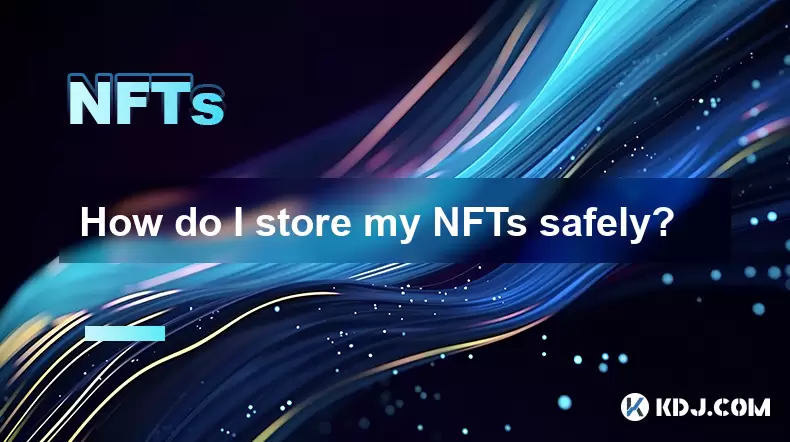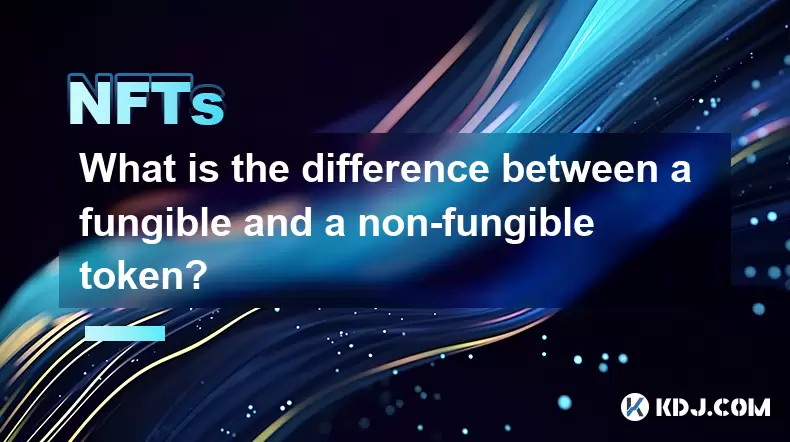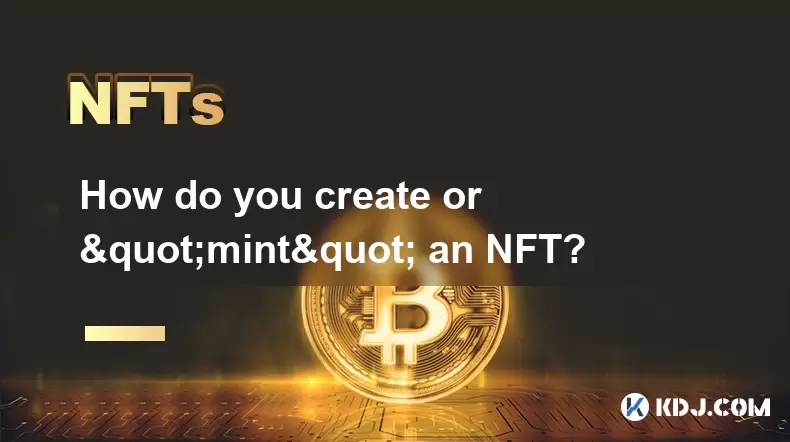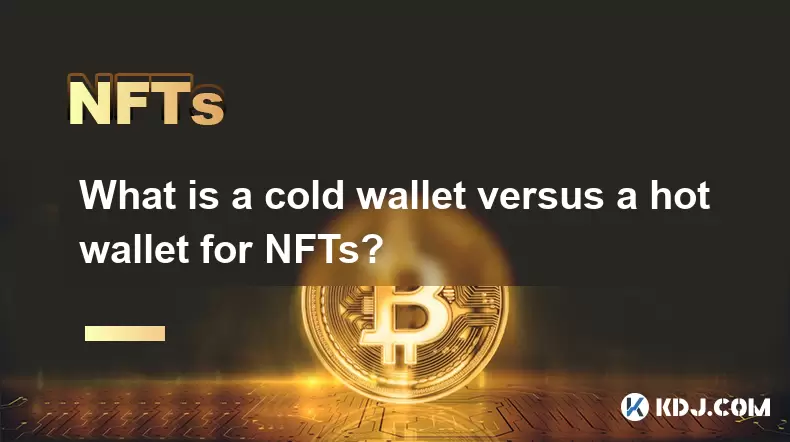-
 Bitcoin
Bitcoin $117700
-1.00% -
 Ethereum
Ethereum $4458
-3.91% -
 XRP
XRP $3.119
0.14% -
 Tether USDt
Tether USDt $1.001
-0.02% -
 BNB
BNB $836.6
-1.56% -
 Solana
Solana $189.5
-3.90% -
 USDC
USDC $0.9998
-0.02% -
 Dogecoin
Dogecoin $0.2335
1.29% -
 Cardano
Cardano $0.9642
1.51% -
 TRON
TRON $0.3539
-1.19% -
 Hyperliquid
Hyperliquid $47.41
-1.84% -
 Chainlink
Chainlink $21.92
-3.28% -
 Stellar
Stellar $0.4286
-0.23% -
 Sui
Sui $3.724
-3.29% -
 Bitcoin Cash
Bitcoin Cash $594.8
-0.78% -
 Ethena USDe
Ethena USDe $1.001
0.04% -
 Hedera
Hedera $0.2501
-2.06% -
 Avalanche
Avalanche $23.96
-4.87% -
 Litecoin
Litecoin $119.0
-2.32% -
 Toncoin
Toncoin $3.473
0.82% -
 UNUS SED LEO
UNUS SED LEO $9.596
0.17% -
 Shiba Inu
Shiba Inu $0.00001301
-0.39% -
 Uniswap
Uniswap $11.03
-0.25% -
 Polkadot
Polkadot $3.935
-2.62% -
 Dai
Dai $1.000
0.01% -
 Bitget Token
Bitget Token $4.564
-1.76% -
 Cronos
Cronos $0.1512
-4.11% -
 Ethena
Ethena $0.7306
-1.09% -
 Pepe
Pepe $0.00001087
-2.68% -
 Aave
Aave $300.2
-4.00%
How do I store my NFTs safely?
Buying an NFT means owning a unique token on the blockchain, not the file itself—your ownership is secured by your wallet’s private key.
Aug 13, 2025 at 11:36 am

Understanding the Nature of NFT Ownership
When you purchase an NFT (Non-Fungible Token), you are not storing a file like a photo or video directly on your device. Instead, you are securing ownership of a unique digital asset recorded on a blockchain, typically Ethereum, Solana, or Polygon. The actual media associated with the NFT is usually hosted off-chain via services like IPFS (InterPlanetary File System) or centralized servers. What you truly own is the cryptographic proof of ownership stored in a smart contract on the blockchain. This means that the safety of your NFT hinges on securing the private key to the wallet that holds it.
If someone gains access to your private key, they can transfer or sell your NFT without your permission. This makes the protection of your crypto wallet the most critical aspect of NFT security. It’s essential to understand that losing access to your wallet—whether through forgotten passwords, lost recovery phrases, or hardware failure—results in permanent loss of your NFTs.
Choosing the Right Wallet for NFT Storage
The type of wallet you use plays a significant role in how securely your NFTs are stored. There are two main categories: hot wallets and cold wallets.
Hot wallets are connected to the internet and include browser extensions like MetaMask or mobile apps like Trust Wallet. They offer convenience for frequent trading and interacting with NFT marketplaces such as OpenSea or Blur. However, their internet connectivity makes them more vulnerable to phishing attacks, malware, and hacking attempts.
Cold wallets, also known as hardware wallets, are physical devices like Ledger Nano X or Trezor Model T. These devices store your private keys offline, making them immune to remote cyberattacks. When you want to sign a transaction, the device must be physically connected and confirmed by you. This air-gapped security is the gold standard for long-term NFT storage.
For maximum protection, it’s recommended to keep your most valuable NFTs in a cold wallet and only transfer them to a hot wallet when actively trading or listing them.
Securing Your Wallet’s Recovery Phrase
Every crypto wallet generates a 12- or 24-word recovery phrase during setup. This phrase is the master key to your wallet and all assets within it, including NFTs. If you lose it, there is no way to recover your wallet. If someone else obtains it, they can drain your assets instantly.
To protect your recovery phrase:
Never store it digitally. Avoid taking screenshots, saving it in cloud storage, or typing it into any device connected to the internet. Digital copies can be compromised by malware or data breaches.
Write it down on physical media. Use a fireproof and waterproof material such as a metal seed phrase backup. Standard paper can degrade or be destroyed in accidents.
Store it in a secure location. Consider using a safe, safety deposit box, or hidden secure container. Do not keep it in obvious places like your desk drawer or wallet.
Avoid sharing it with anyone. No legitimate service will ever ask for your recovery phrase. Scammers often pose as customer support agents to trick users into revealing it.
Remember, the recovery phrase grants full control over your wallet. Treat it with the same level of caution as you would a safe deposit box key.
Protecting Against Phishing and Scams
One of the most common ways NFT holders lose their assets is through phishing attacks. Scammers create fake websites, emails, or social media messages that mimic legitimate platforms like OpenSea, Rarible, or wallet providers.
To defend against phishing:
Always verify URLs. Before logging into any NFT marketplace or wallet interface, double-check the web address. Look for https:// and ensure the domain is correct. Fake sites often use slight misspellings like “OpenS3a” or “MetaMaskk”.
Use bookmarks for trusted sites. Save official links to your browser favorites to avoid accidentally visiting fraudulent versions.
Enable two-factor authentication (2FA) where available. Use an authenticator app like Google Authenticator or Authy, not SMS, as SIM-swapping attacks can bypass text-based 2FA.
Never sign unknown transactions. Malicious smart contracts can trick you into approving an NFT transfer. Always review the details of any transaction before confirming it in your wallet.
Be skeptical of unsolicited offers. If someone messages you offering free NFTs, help recovering lost funds, or urgent support, it’s likely a scam.
Backing Up and Monitoring Your NFTs
Even with a secure wallet, it’s wise to maintain awareness of your NFT holdings. Some platforms allow you to export your NFT collection data, including token IDs and contract addresses. While this doesn’t back up ownership, it helps you verify authenticity if you ever need to recover or prove possession.
You can monitor your NFTs using blockchain explorers:
For Ethereum-based NFTs, use Etherscan.io. Enter your wallet address to view all tokens, including NFTs under the “Token Holdings” tab.
For Solana NFTs, use Solscan.io to explore your digital assets.
Additionally, consider using portfolio trackers like Rainbow Wallet, Zerion, or DappRadar. These tools sync with your wallet and provide a user-friendly interface to view your NFTs across multiple blockchains. They do not store your private keys, so they are safe to use as long as you connect them manually and never enter your recovery phrase.
Transferring NFTs Safely Between Wallets
When moving NFTs between wallets, precision is crucial. A single mistake can result in permanent loss.
Follow these steps:
Verify the destination wallet address. Copy it directly from the recipient’s wallet interface—never from a message or email. Even one incorrect character can send your NFT to an invalid or malicious address.
Send a test transaction first. If transferring multiple NFTs, move one first to confirm it arrives correctly.
Use the correct network. Ensure both wallets support the same blockchain. Sending an ERC-721 NFT to a Solana address will result in loss.
Review the transaction in your wallet. Check the contract address, token ID, and recipient before signing.
Keep gas fees in mind. On Ethereum, high network congestion can make transfers expensive. Schedule transfers during low-traffic periods if possible.
Frequently Asked Questions
Can I store NFTs on a mobile wallet safely?
Yes, mobile wallets like Trust Wallet or Phantom (for Solana) are secure for short-term storage if you follow best practices. Enable device passcodes, biometric locks, and avoid jailbroken phones. However, for long-term holding, a hardware wallet is safer due to offline key storage.
What happens if my hardware wallet breaks?
If your hardware wallet is damaged, you can recover your NFTs using the recovery phrase on a new device. The blockchain records ownership, so as long as you have the phrase, your assets remain accessible. Always keep the phrase secure and never stored with the device.
Are NFTs stored on IPFS permanent?
While IPFS is decentralized and more resilient than centralized servers, files can still become inaccessible if no node hosts them. Some NFT projects use Filecoin or Arweave for permanent storage. Always research how a project stores its media before purchasing.
Can someone else see my NFTs if they have my wallet address?
Yes, blockchain data is public. Anyone can view your NFTs by entering your address into a block explorer. However, they cannot access or transfer them without your private key or recovery phrase. Anonymity depends on how much personal information you link to your wallet.
Disclaimer:info@kdj.com
The information provided is not trading advice. kdj.com does not assume any responsibility for any investments made based on the information provided in this article. Cryptocurrencies are highly volatile and it is highly recommended that you invest with caution after thorough research!
If you believe that the content used on this website infringes your copyright, please contact us immediately (info@kdj.com) and we will delete it promptly.
- Kazakhstan's Crypto Leap: Bitcoin ETF and Central Asia's Digital Finance Future
- 2025-08-13 12:45:19
- BlockDAG Presale Blazes Past $371M: Fundraising Frenzy Fuels Crypto Sensation
- 2025-08-13 13:05:21
- Meme Coins: Chasing the 2025 Surge – Which Will Moonshot?
- 2025-08-13 10:25:23
- Bitcoin's Wild Ride: Rally, Pullback, and What's Next
- 2025-08-13 10:25:23
- Bitcoin, Bitmax, and Institutional Demand: A New Era of Crypto Investment
- 2025-08-13 10:45:12
- Solana, ROAM, and Airdrops: What's the Buzz in 2025?
- 2025-08-13 11:35:13
Related knowledge

What is the difference between a fungible and a non-fungible token?
Aug 11,2025 at 12:07pm
Understanding Fungibility in Digital AssetsThe concept of fungibility is foundational to understanding both fungible and non-fungible tokens (NFTs) in...

How do you create or "mint" an NFT?
Aug 09,2025 at 08:56pm
Understanding What an NFT Is Before MintingBefore diving into the process of creating an NFT, it's essential to understand what an NFT actually is. An...

What is a cold wallet versus a hot wallet for NFTs?
Aug 10,2025 at 10:49pm
Understanding Cold Wallets and Hot Wallets in the NFT EcosystemIn the world of NFTs (Non-Fungible Tokens), digital ownership and security are paramoun...

How do I protect my NFTs from being stolen?
Aug 11,2025 at 06:28pm
Understanding the Risks to NFT OwnershipNFTs, or non-fungible tokens, represent unique digital assets secured on blockchain networks. Despite their cr...

What is the role of digital scarcity in NFTs?
Aug 11,2025 at 11:36pm
Understanding Digital Scarcity in the Context of NFTsDigital scarcity refers to the deliberate limitation of digital assets to create value through ra...

How do I store my NFTs safely?
Aug 13,2025 at 11:36am
Understanding the Nature of NFT OwnershipWhen you purchase an NFT (Non-Fungible Token), you are not storing a file like a photo or video directly on y...

What is the difference between a fungible and a non-fungible token?
Aug 11,2025 at 12:07pm
Understanding Fungibility in Digital AssetsThe concept of fungibility is foundational to understanding both fungible and non-fungible tokens (NFTs) in...

How do you create or "mint" an NFT?
Aug 09,2025 at 08:56pm
Understanding What an NFT Is Before MintingBefore diving into the process of creating an NFT, it's essential to understand what an NFT actually is. An...

What is a cold wallet versus a hot wallet for NFTs?
Aug 10,2025 at 10:49pm
Understanding Cold Wallets and Hot Wallets in the NFT EcosystemIn the world of NFTs (Non-Fungible Tokens), digital ownership and security are paramoun...

How do I protect my NFTs from being stolen?
Aug 11,2025 at 06:28pm
Understanding the Risks to NFT OwnershipNFTs, or non-fungible tokens, represent unique digital assets secured on blockchain networks. Despite their cr...

What is the role of digital scarcity in NFTs?
Aug 11,2025 at 11:36pm
Understanding Digital Scarcity in the Context of NFTsDigital scarcity refers to the deliberate limitation of digital assets to create value through ra...

How do I store my NFTs safely?
Aug 13,2025 at 11:36am
Understanding the Nature of NFT OwnershipWhen you purchase an NFT (Non-Fungible Token), you are not storing a file like a photo or video directly on y...
See all articles

























































































